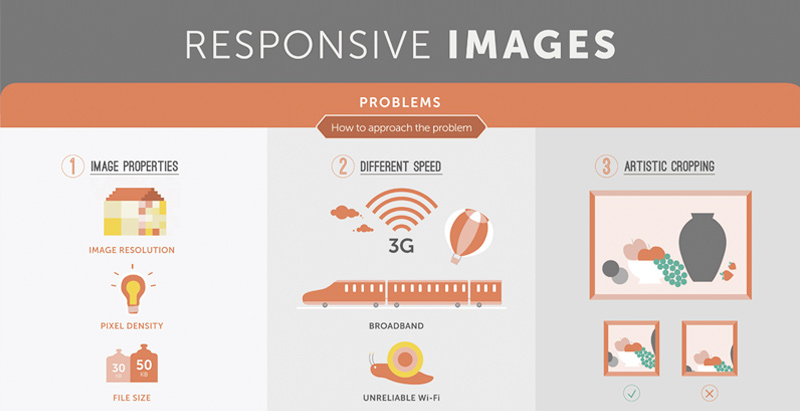Eager To Discover How Site Layout Has Changed In Time? Study The Advancement From Simplicity To User-Focused Experiences.
Eager To Discover How Site Layout Has Changed In Time? Study The Advancement From Simplicity To User-Focused Experiences.
Blog Article
Authored By-Lamb Vangsgaard
In the past, web sites were basic and concentrated on information. Navigating was straight, and layout was for desktops. Currently, individual experience is essential. Data guides styles for easy navigation. Receptive layouts match various devices. Today, dark mode lowers pressure, and minimalist menus boost navigation. Interactive attributes involve customers, and bold visuals stick out. AI assimilation enhances involvement. See just how layout has evolved to enhance your on-line trip.
Early Days of Website Design
In the early days of web design, simpleness reigned supreme. Internet sites were fundamental, with minimal shades, font styles, and formats. The focus was on offering info as opposed to showy visuals. need seo expert accessed the internet via slow-moving dial-up connections, so rate and performance were essential.
Navigation menus were straightforward, normally situated at the top or side of the page. Internet sites were developed for desktop, as mobile surfing had not been yet prevalent. Material was king, and developers focused on very easy readability over complicated style elements.
HTML was the primary coding language used, and developers had to work within its restraints. Computer animations and interactive features were minimal contrasted to today's criteria. Sites were fixed, with little vibrant web content or tailored individual experiences.
Rise of User-Focused Design
With the development of website layout, a change towards user-focused style principles has come to be progressively prominent. Today, creating internet sites that focus on customer experience is crucial for engaging site visitors and achieving company goals. User-focused style includes comprehending the requirements, choices, and habits of your target market to tailor the web site's design, material, and features accordingly.
Developers now conduct detailed study, such as individual studies and usability testing, to gather insights and comments directly from customers. This data-driven approach assists in producing intuitive navigation, clear calls-to-action, and aesthetically enticing interfaces that reverberate with visitors. By placing the individual at the facility of the design process, web sites can provide a more personalized and enjoyable experience.
Responsive design has actually likewise become a crucial aspect of user-focused design, ensuring that internet sites are enhanced for various tools and screen sizes. This flexibility improves availability and usability, satisfying the varied methods customers engage with web sites today. Fundamentally, the rise of user-focused design signifies a shift in the direction of developing digital experiences that focus on the needs and expectations of completion customer.
Modern Trends in Web Design
Discover the most up to date trends shaping web design today. One noticeable trend is dark setting design, providing a sleek and modern look while minimizing eye strain in low-light settings. Another crucial pattern is minimalist navigation, streamlining food selections and enhancing individual experience by concentrating on essential elements. Integrating micro-interactions, such as computer animated buttons or scrolling effects, can create an extra engaging and interactive web site. Responsive style continues to be crucial, making certain smooth customer experiences across numerous devices. In website accessibility ada compliance , using strong typography and unbalanced formats can add aesthetic passion and accentuate specific web content.
Integrating AI modern technology, like chatbots for customer support or customized suggestions, boosts user involvement and enhances processes. Accessibility has additionally become a considerable pattern, with developers focusing on comprehensive design methods to accommodate varied user requirements. Welcoming sustainability by enhancing site performance for rate and performance is another emerging pattern in website design. Working together with customer feedback and information analytics to iterate and boost style continually is crucial for remaining relevant in the ever-evolving digital landscape. By embracing these modern-day trends, you can create a visually attractive, user-friendly web site that resonates with your target market.
Conclusion
As you assess the development of internet site style from the very early days to currently, you can see exactly how user-focused layout has come to be the driving force behind modern fads.
Welcome the journey of change and adaptation in website design, always maintaining the user experience at the forefront.
Remain present with the most up to date fads and innovations, and never stop progressing your technique to create aesthetically stunning and user-friendly internet sites.
Progress, adapt, and produce - the future of web design is in your hands.
